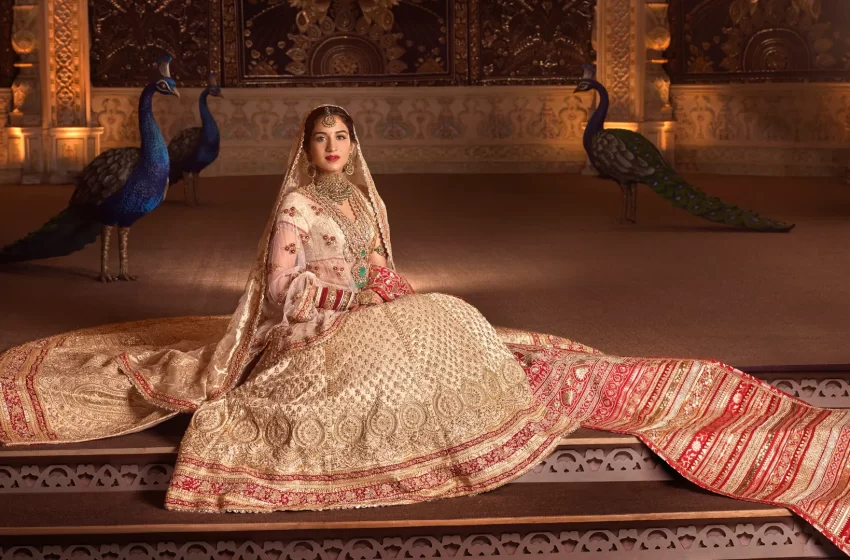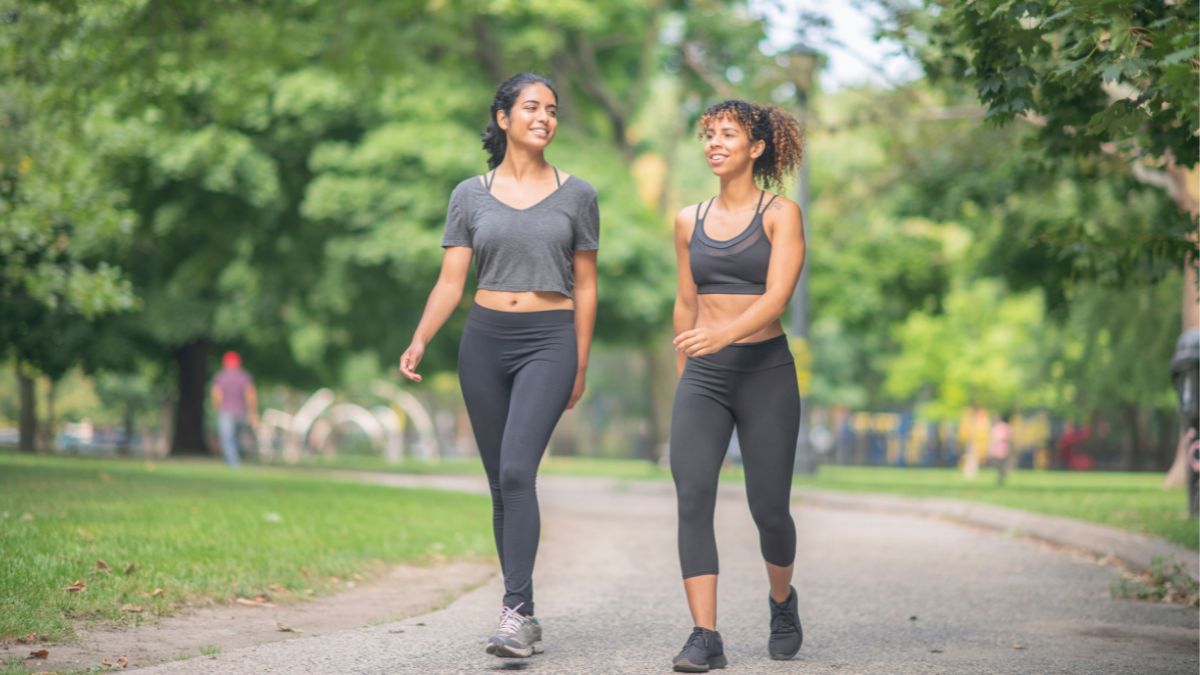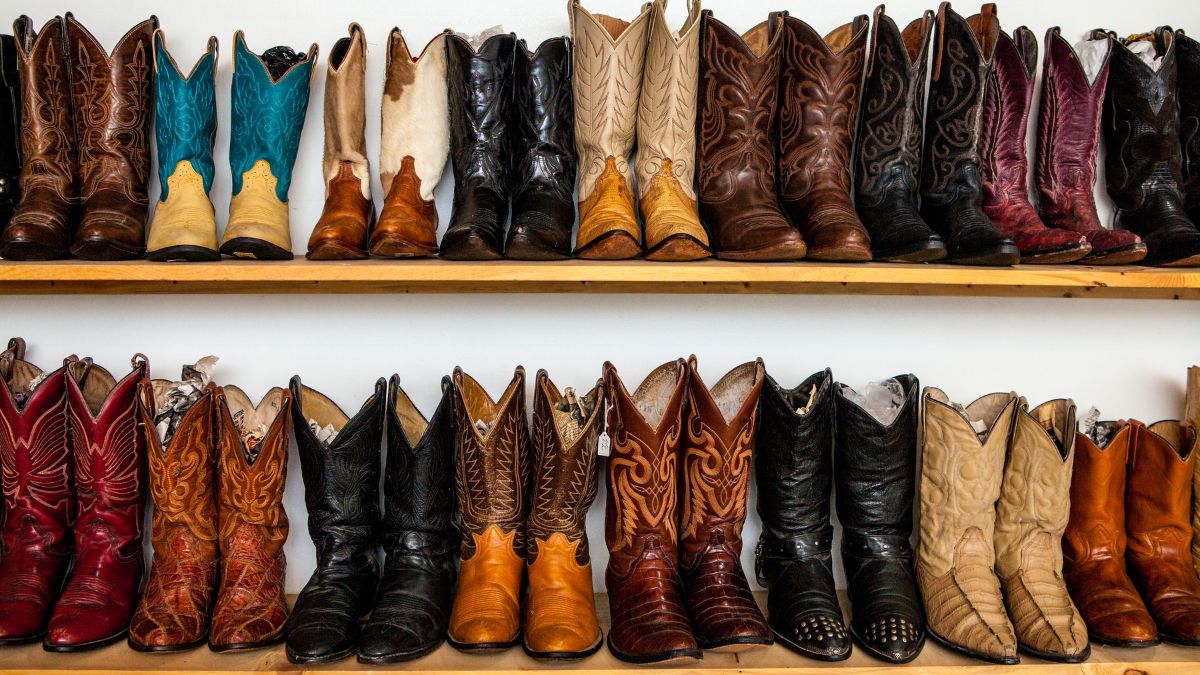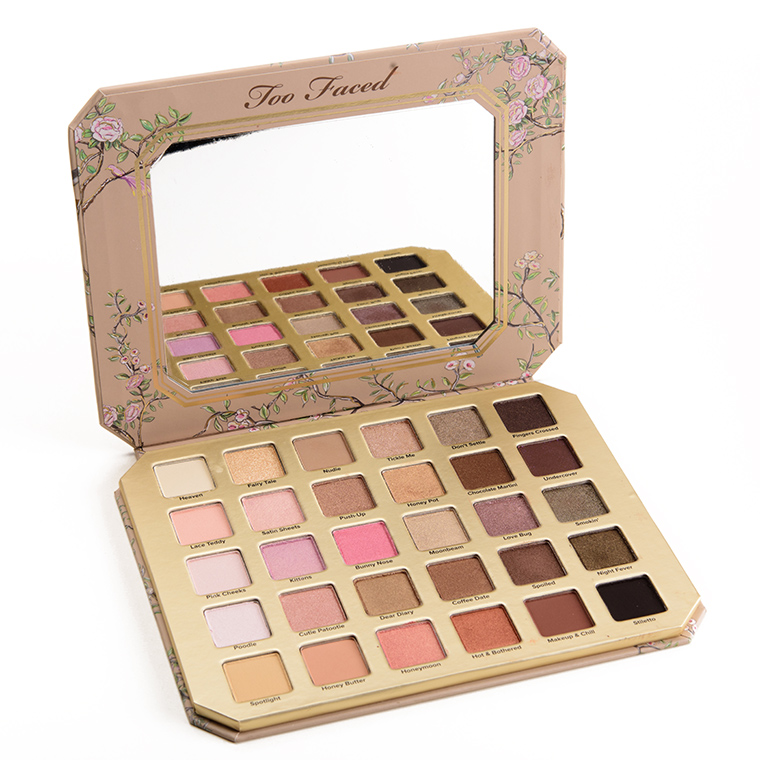
It may seem like an impossible feat, but I haven’t bought any new clothes in three years. That’s not to say that I don’t love fashion or that I don’t enjoy wearing new clothes – I simply stopped consuming fashion in the traditional sense. In this article, I’ll share why I made this decision and how it’s changed my life for the better.
Table of Contents
The History of My Clothing Choices
I haven’t bought new clothes in three years for a variety of reasons. Firstly, I stopped following fashion trends and instead started focusing on what clothes made me feel good. Secondly, I realized that a lot of the clothes I already owned were still in perfectly good condition and I didn’t need to replace them. And finally, I started to become more conscious of the environmental and social impacts of the clothing industry and wanted to reduce my consumption.
Over the past three years, my clothing choices have been more about quality over quantity. I’ve invested in a few key pieces that I know I’ll wear for years to come, rather than buying lots of cheap items that fall apart quickly. Not only does this save me money in the long run, but it also feels better to wear clothes that are well-made and will stand the test of time.
I’m also much more conscious about where my clothes come from and the impact they have on people and the planet. I try to buy from brands that are ethically and sustainably produced, and avoid fast fashion brands that use harmful chemicals and exploit workers. It’s not always easy to find these types of brands, but I know it’s important to support them whenever possible.
How My Wardrobe Has Changed Since I Stopped Buying New Clothes
It’s been three years since I last bought new clothes. And my wardrobe has changed a lot since then. I used to have a lot of clothes, but now I only have a few key pieces that I wear all the time. This change didn’t happen overnight. It took me a while to figure out what kind of clothes I actually liked and what I was willing to spend money on. But once I figured it out, I never looked back.
I used to love going shopping and buying new clothes all the time. But now, I don’t even think about it. I know that I don’t need any new clothes and that the clothes I have are perfectly fine. In fact, I actually prefer not to buy new clothes because it saves me money and time. Nowadays, I only buy new clothes when something specific catches my eye or if I need to replace something that’s worn out.
I’m not saying that everyone should stop buying new clothes altogether. But for me, it’s been a great way to save money and simplify my life. And who knows, maybe you’ll find that you like your wardrobe more when you stop buying new clothes too!
The Benefits of Not Buying New Clothes
There are many benefits to not buying new clothes. The most obvious benefit is that you save money. You also help the environment by not buying new clothes made with resources and energy. Not buying new clothes also means you have to take better care of the clothes you have, which can extend your life. When you don’t buy new clothes, you also force yourself to be more creative with your style and learn to mix and match what you have in new ways.
The Environmental Impact of the Fashion Industry
The fashion industry is one of the most polluting industries in the world. It contributes to water pollution, air pollution, and land pollution. The majority of the clothing that is produced is made from synthetic fibres like polyester and nylon, which are made from petroleum. These synthetic fibres release microplastics into the environment when they are washed, and these microplastics end up in our waterways and in the ocean.
The fashion industry also contributes to climate change. The production of clothing uses a lot of energy, and most of this energy comes from fossil fuels like coal and natural gas. The production of synthetic fibers also releases greenhouse gases into the atmosphere.
Clothing is also often treated with chemicals like pesticides and dyes. These chemicals can pollute the air and water, and they can also be harmful to workers who are exposed to them.
There are many reasons to avoid buying new clothes. By buying less clothing, we can reduce our impact on the environment.
The Cost of a Sustainable Wardrobe
Sustainability is important to me for a number of reasons. I believe that it is our responsibility to take care of the environment, and I also think that sustainable practices can save us money in the long run. When it comes to our clothes, this means buying fewer pieces that will last longer.
I haven’t bought new clothes in three years for these reasons. I have been able to build up a sustainable wardrobe by shopping secondhand, investing in quality pieces, and taking care of the clothes I already have. This has saved me money and helped me reduce my impact on the environment.
If you’re interested in creating a sustainable wardrobe, I encourage you to check out my blog. I share tips on how to shop secondhand, how to find quality pieces, and how to take care of your clothes so they last longer. Let’s work together to build a more sustainable future!
Tips for Building a Sustainable Wardrobe
If you’re looking to build a sustainable wardrobe, here are a few tips to get you started:
1. Shop secondhand. One of the best ways to reduce your fashion footprint is to shop secondhand. You can find great deals on gently used clothing at consignment shops, thrift stores, and online marketplaces.
2. Invest in quality. When you do buy new clothes, make sure you’re investing in quality pieces that will last. Look for items made from natural fibres like cotton and linen, and avoid cheap synthetic materials.
3. Repair and reuse. Instead of throwing out clothes that are worn or damaged, try repairing them or repurposing them into something new. This extends the life of your clothes and saves you money in the long run.
4. Be mindful of trends. It’s easy to get caught up in the latest fashion trends but resist the temptation to buy something just because it’s popular. Stick to classic styles that you know you’ll wear for years to come.
By following these tips, you can build a sustainable wardrobe that will save you money and help reduce your impact on the environment.















